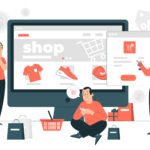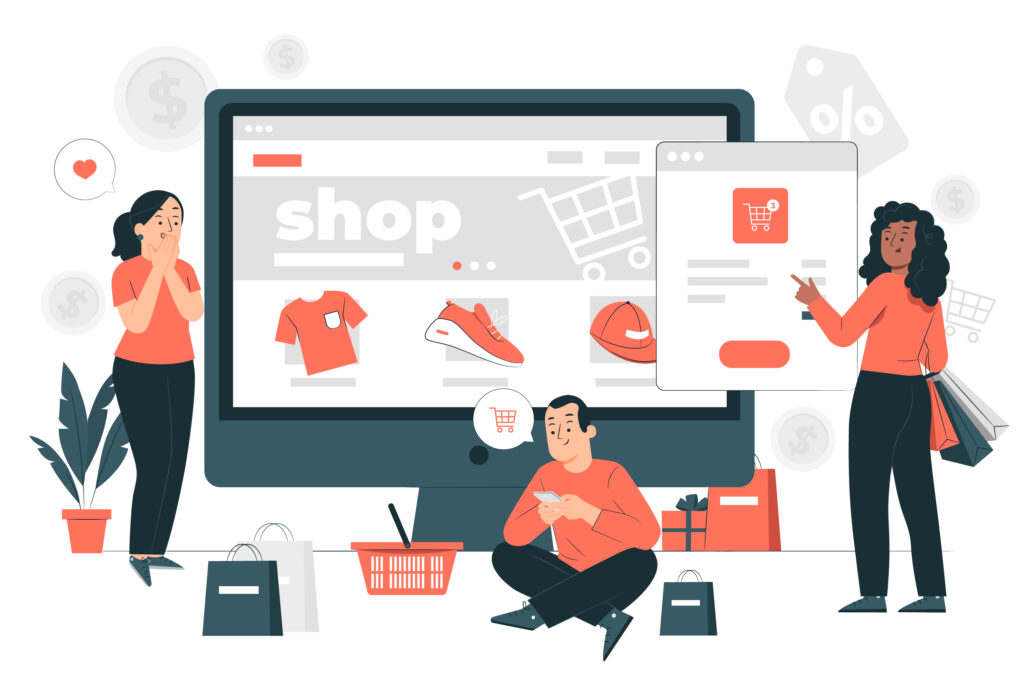What is E-commerce? : A mini guide for people willing to start an e-commerce business
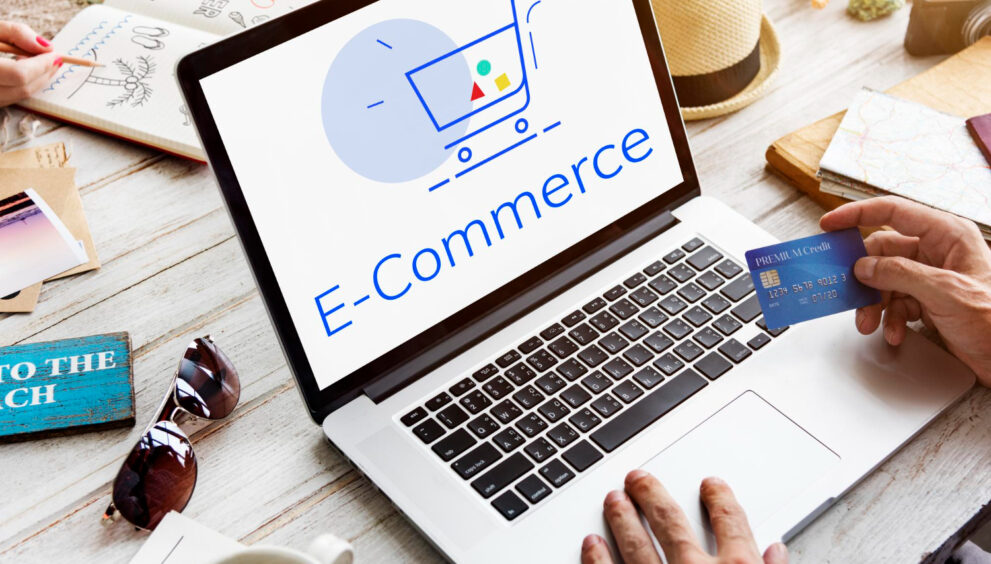
What is e-commerce? Is it a passing trend or one that’s here to stay?
When you hear the word e-commerce, what comes to mind? If the words selling, buying, and doing business online come to your mind, you’re well on track! The world is constantly evolving, and things are continually changing. We can all attest that technology has developed rapidly in recent years. With the evolution of technology, several revolutionary inventions have come into the limelight; amongst them is e-commerce.
Remember when we had to walk into a physical store to get whatever we wanted? Well, gone are those days! E-commerce came into the picture and changed the game. E-commerce has transformed the way we shop by far, making it easier and more convenient for consumers to purchase products anywhere in the world from the comfort of their home! That said, what is e-commerce?
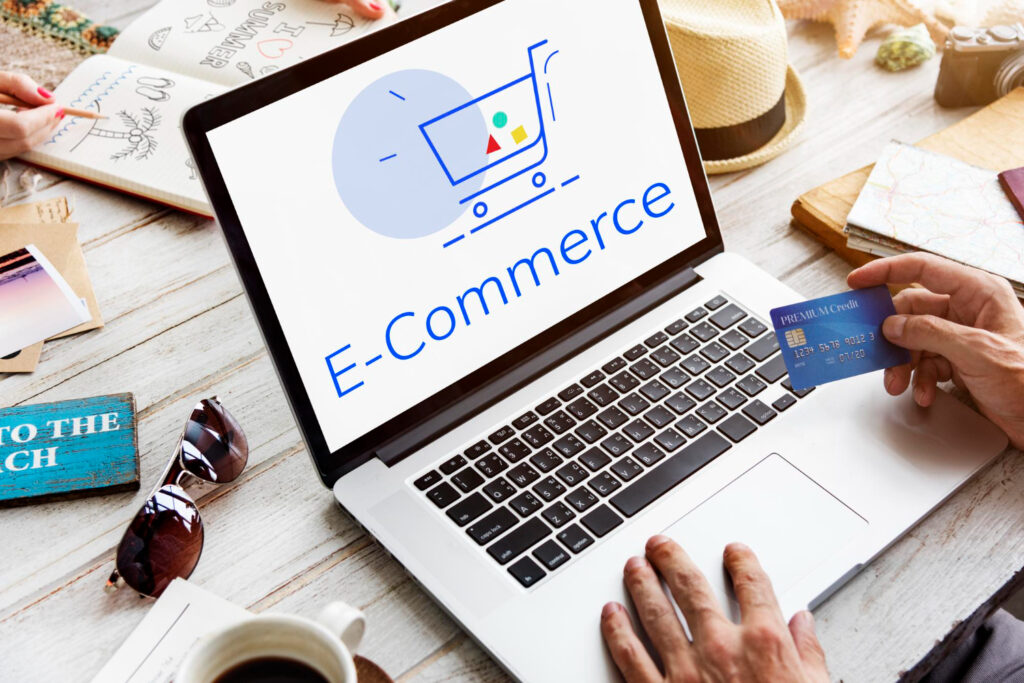
What is e-commerce?
E-commerce is the buying and selling of goods and services over the Internet. If you’ve gotten an item/product via Amazon, Jumia, Jiji, or any online store, you’ve gone through the e-commerce funnel. Interesting, right?
With the rise of e-commerce, many people have gained peak interest in owning e-commerce businesses. However, we all know that knowledge is power, and venturing into any business without proper research is a recipe for failure and full-blown disaster. That said, here are the basics you need to know before starting your e-commerce business.
Types of E-commerce
There are different types of e-commerce, so before venturing into any e-commerce business, you want to ensure that you have an idea of the various types of e-commerce and a good knowledge of what you’re getting into. E-commerce can be categorized into several types, each serving different purposes and audiences. However, there are four primary types of ecommerce. Here are the main types of e-commerce:
- Business to Consumer (B2C)
- Business to Business (B2B)
- Consumer to Consumer (C2C)
- Consumer to Business (C2B)
Business to Consumer (B2C)
B2C e-commerce is the most common type of e-commerce. In B2C e-commerce, businesses sell products and services directly to consumers. Consumers or end users buy the product or service for personal use. Examples include online retailers like Amazon and eBay.
Business to Business (B2B)
In B2B e-commerce, transactions occur between businesses; this can involve wholesale suppliers selling products to retailers or manufacturers selling components to other manufacturers. B2B platforms like Alibaba facilitate these transactions, often involving larger quantities and bulk pricing.
Consumer to Consumer (C2C)
C2C is a fascinating type of e-commerce. In C2C, transactions occur between two consumers. C2C allows consumers to sell products or services to other consumers. Platforms like Etsy and Craigslist enable individuals to list items for sale, creating a marketplace for second-hand goods or handmade products.
Consumer to Business (C2B)
In this type of e-commerce, individuals offer products or services to businesses. A solid example of customer-to-business e-commerce is freelancers providing services on platforms like Upwork or Fiverr, where consumers can sell their skills or products to companies.
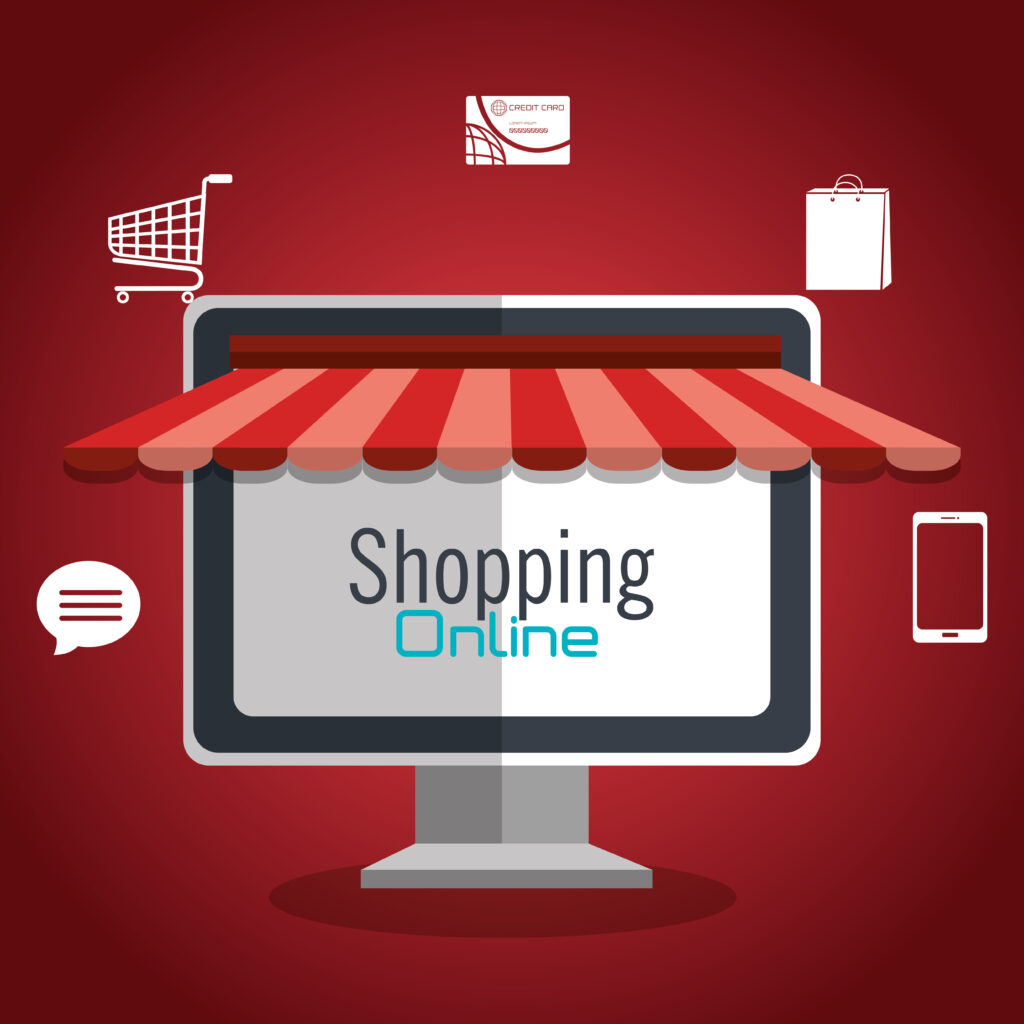
How E-commerce Works
There are numerous processes involved in operating an e-commerce company. However, here’s a simplified breakdown of how e-commerce works:
- Online Storefront: The most essential step in having an e-commerce business is creating an online store to showcase your products and services. You can get an online store through a dedicated website or e-commerce platforms like Shopify, WooCommerce, etc. The online store is where the target audience gets to see your product, learn more about the product, and interact with your brand. So, you want to ensure everything in your online store is in the best possible state, from structure to aesthetics, user experience, etc.
- Product Listings: This is where the products are listed, with details such as descriptions, prices, and images. Product listings help consumers make informed decisions.
- Shopping Cart: The online shopping cart can be likened to a virtual version of those trolleys used in supermarkets. If a customer likes a product and wants to make a purchase, they can add it to their virtual shopping cart. The virtual shopping cart allows customers to review their selections before making payments.
- Payment Processing: Once the consumer is ready to purchase, they enter their payment information. E-commerce sites typically use secure payment gateways like PayPal, Paystack, Stripe, and the like to process transactions safely.
- Order Fulfillment: After confirming payment, the business prepares the order for shipping; this may involve packaging the product and arranging delivery.
- Customer Service: Post-purchase, businesses often provide customer support to address any questions or issues that may arise.
Advantages of E-commerce
E-commerce offers numerous advantages for both consumers and businesses:
- Convenience: Shoppers can browse and purchase products anytime, anywhere, without visiting a physical store, and business owners can sell from the comfort of their homes without paying rent for a physical store.
- Wider Selection: Online stores often have a broader range of products compared to brick-and-mortar shops.
- Price Comparisons: Consumers can easily compare prices across different websites, ensuring they get the best deal.
- Lower Overheads: Businesses can save on costs associated with physical storefronts, allowing them to offer competitive pricing.
- Global Reach: E-commerce enables businesses to reach customers worldwide, expanding their market beyond local boundaries.
Disadvantages of E-commerce
While e-commerce has many benefits, it also comes with its own set of challenges:
- Security Concerns: Online transactions can be vulnerable to fraud and data breaches, making security a top priority for e-commerce businesses.
- Shipping Issues: Delays or damages during shipping can lead to customer dissatisfaction.
- Competition: The online marketplace is crowded, making it challenging for new e-commerce companies to stand out.
- Customer Trust: Building trust in consumers is crucial. It can take a long while to gain trust, especially for new e-commerce sites without established reputations.
Future of E-commerce
The future of e-commerce looks promising, with several trends shaping its evolution:
- Mobile Commerce: With more consumers using smartphones for shopping, mobile-friendly websites and apps are becoming essential.
- Personalization: More businesses use data analytics to offer personalized shopping experiences, tailoring recommendations to individual preferences.
- Social Commerce: Social media platforms are integrating shopping features, allowing users to purchase products directly through their feeds.
- Sustainability: Consumers are becoming more environmentally conscious, prompting businesses to adopt sustainable practices in their e-commerce operations.
Conclusion
E-commerce has revolutionized the way we shop, offering convenience and a wide selection of products at our fingertips. Understanding e-commerce and how it functions can help consumers make informed decisions and enable businesses to thrive in the digital marketplace. As technology advances, the future of e-commerce promises even more exciting developments. With all that has been said here, the next time you’re asked what is e-commerce, you won’t flop! If you have any questions or thoughts about e-commerce, feel free to share in the comments below! For more interesting content like this, stay updated with the blog.


